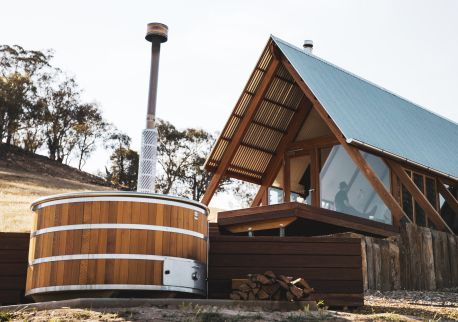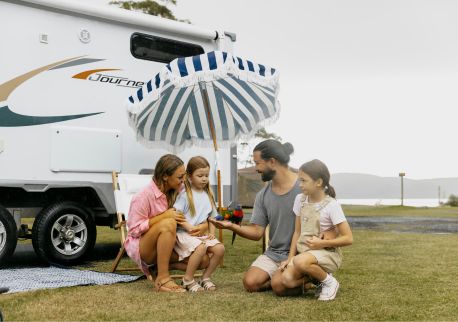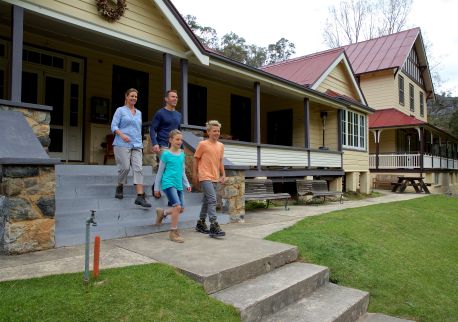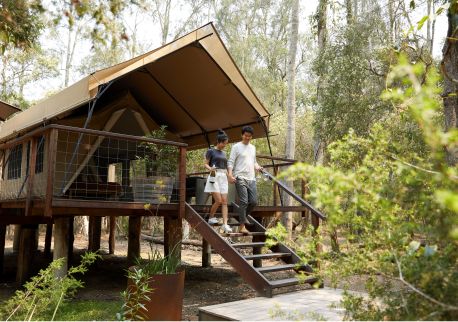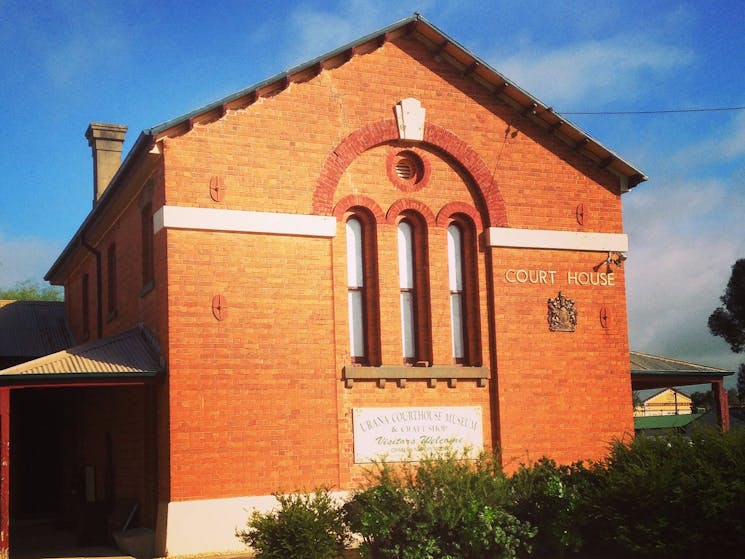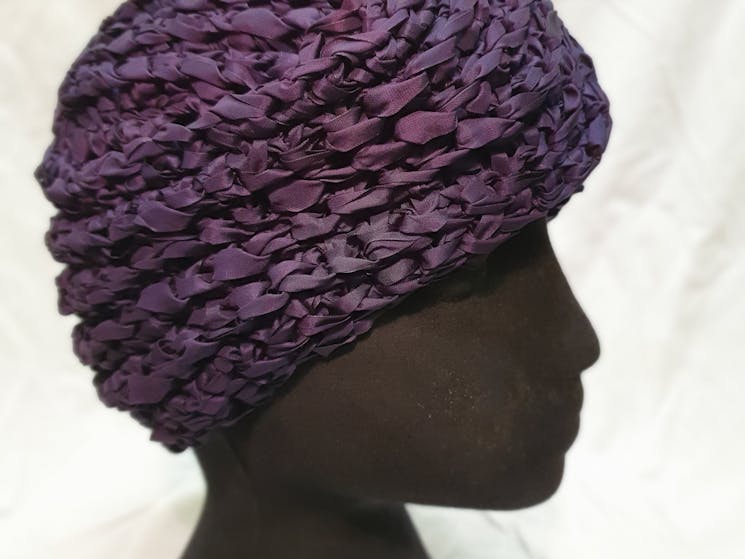Urana Courthouse Museum
Overview
Come and visit the historic Urana Courthouse, built in 1879. The original Courtroom is impressive in size, retaining many features from its days as a Court.
Located inside are many displays of local history and culture, from pre-federation to today. They have the original charge book, including some entries from the bushranger era (they are not far from Ned Kelly country) and the Samurai mystery.
The location houses an impressive collection of hats made by Frederick Fox LVO, who was the Milliner for HRH Queen Elizabeth II and correspondence with the Queen and relatives.
With a team of dedicated volunteers, we are continually updating all the displays to exhibit them better and create a better experience for the visitor.
Volunteers are in attendance on Tuesday 9.30 am to 3.00 pm and Saturday 10.00 am to 2.00 pm, contact numbers for access at other times are available from the Urana office of Federation Council or a list is available on the door to the Courthouse.









